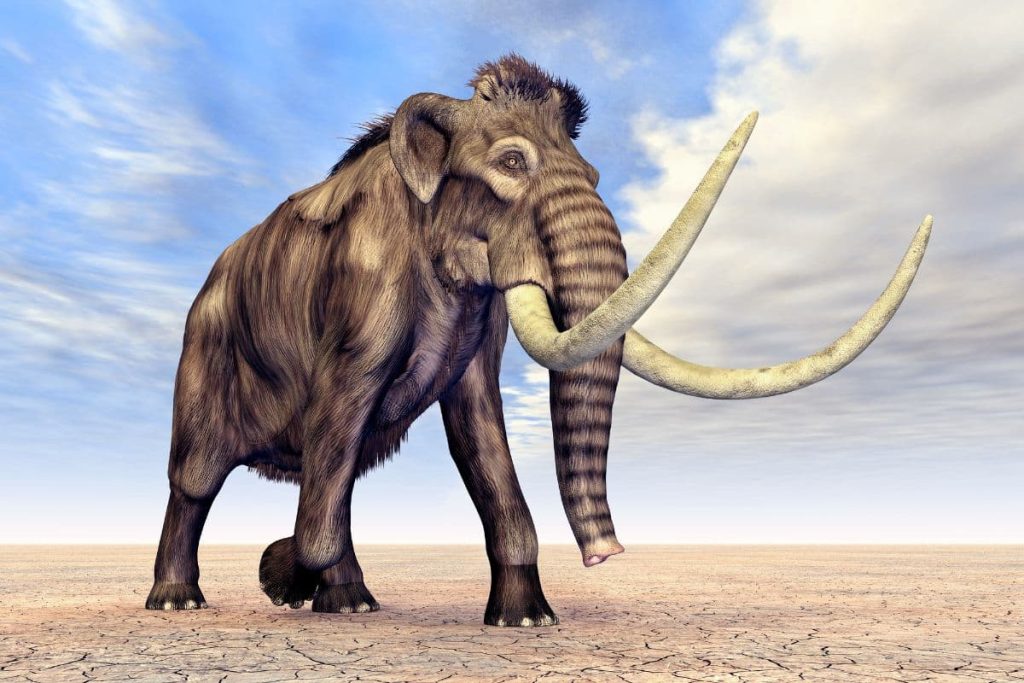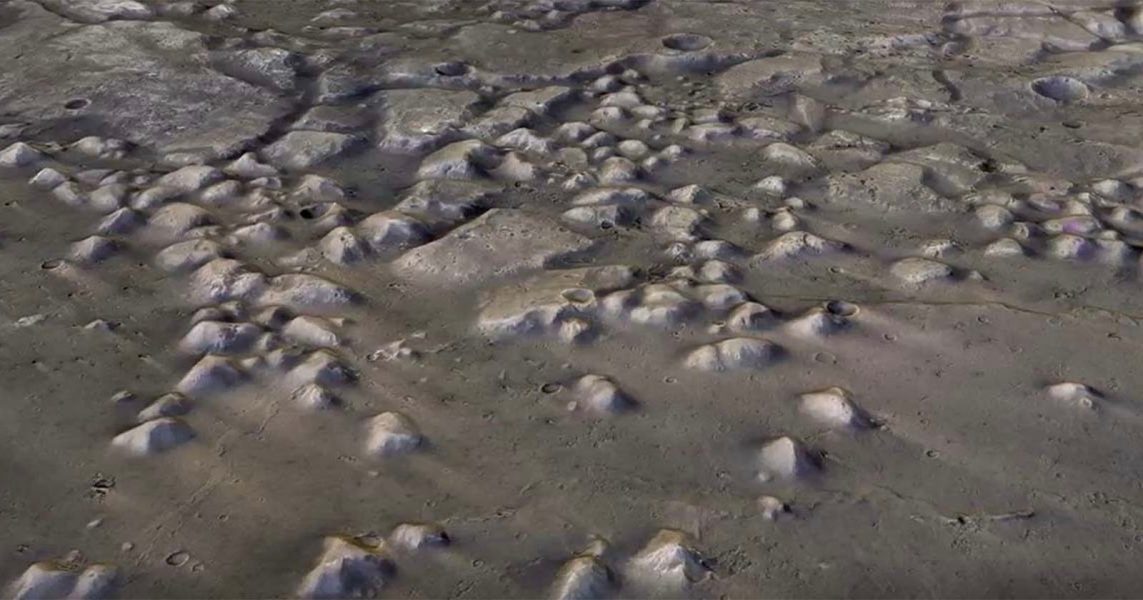Woolly Mammoth Could Walk the Earth Again—Here’s How Scientists Are Making It Happen! – The Daily Galaxy –Great Discoveries Channel

What if extinct species like the woolly mammoth and the dodo could roam the Earth again? A groundbreaking biotech company is making waves with its ambitious plan to turn this idea into reality. Armed with cutting-edge genetic tools and billions in funding, they’re not just reviving ancient creatures—they’re aiming to reshape ecosystems and combat climate change. But the journey to de-extinction raises big questions: Can science really restore the past? And what will it mean for the future of our planet?A biotechnology company is taking on one of the most audacious challenges in modern science: bringing long-extinct species like the woolly mammoth and dodo back to life. Colossal Biosciences, based in Dallas, Texas, has garnered attention for its groundbreaking work in de-extinction, blending cutting-edge genetic engineering with bold ecological ambition.Founded in 2021, Colossal Biosciences has rapidly emerged as a trailblazer in the ambitious field of de-extinction, blending cutting-edge science with ecological vision. In just a few years, the company has garnered significant attention, attracting a staggering $200 million in a Series C funding round that propelled its valuation to over $10 billion. This meteoric rise highlights the confidence investors and the scientific community have in Colossal’s innovative approach and its potential to transform both biotechnology and conservation.The company’s mission extends far beyond mere scientific curiosity. Its flagship project—the resurrection of the woolly mammoth—is rooted in the belief that de-extinct species could play a pivotal role in restoring degraded ecosystems. By reintroducing genetically engineered mammoths into the Arctic tundra, Colossal aims to combat climate change by promoting the growth of grasslands, which could help sequester carbon and slow permafrost melting. This bold vision has positioned the company as a leader in an emerging field that promises not only to rewrite the history of extinction but also to address some of the planet’s most pressing ecological challenges.Extinct for roughly 4,000 years, the woolly mammoth is central to Colossal’s vision. The company sees its return not as a nostalgic nod to the past but as a potential solution to contemporary environmental problems. By reintroducing woolly mammoths to Arctic regions, Colossal hopes to rejuvenate grasslands and mitigate climate change.Mammoths’ grazing and trampling behaviors could encourage grassland growth, which reflects more sunlight than darker forested areas, potentially reducing the Earth’s overall temperature. This ecological theory, known as Pleistocene rewilding, suggests that reintroducing extinct megafauna like the mammoth could revitalize degraded ecosystems. Colossal’s de-extinction efforts are grounded in advanced genetic engineering techniques, particularly CRISPR-Cas9. This revolutionary gene-editing tool allows scientists to splice specific mammoth genes into the genome of the Asian elephant, the woolly mammoth’s closest living relative, which shares 99.6% of its DNA.The process begins by extracting DNA from preserved mammoth specimens and identifying the genetic differences from modern elephants. Using CRISPR, researchers introduce traits like long fur, subcutaneous fat, and cold tolerance into the Asian elephant genome. The resulting hybrid embryos could then be gestated in surrogate Asian elephants or potentially in synthetic wombs—technology that Colossal is developing and believes could have applications beyond de-extinction, including fertility treatments.While the woolly mammoth garners the most attention, Colossal is also working on reviving other extinct species, including the dodo and the Tasmanian tiger.The dodo, a flightless bird that went extinct in the late 1600s due to human activity, is a particularly symbolic candidate. Found only on the island of Mauritius, its revival could provide a model for restoring vulnerable island ecosystems. Scientists are leveraging the genome of the Nicobar pigeon, the dodo’s closest living relative, to reconstruct the extinct bird.Similarly, the Tasmanian tiger, or thylacine, has captivated researchers for decades. This carnivorous marsupial, extinct since the 1930s, played a key role in controlling invasive species in Tasmania. Using DNA from preserved specimens, Colossal aims to reintroduce the thylacine to its native habitat, potentially bolstering ecosystem health.Despite the enthusiasm surrounding de-extinction, the approach is not without ethical and practical concerns. Critics question whether resurrected species can be considered genuine representations of their extinct ancestors or merely genetic approximations.Furthermore, introducing genetically engineered organisms into modern ecosystems carries risks, including potential disease spread and unforeseen impacts on existing species.Animal welfare is another pressing issue. The use of endangered Asian elephants as surrogates for mammoth embryos raises ethical questions. Additionally, the success of de-extinction could divert resources and attention from efforts to conserve endangered species that still have viable populations.Colossal’s work exemplifies the intersection of innovation, conservation, and ethics. As the company continues its groundbreaking efforts, it faces not only scientific and technical challenges but also societal and ecological questions. Can resurrecting extinct species genuinely restore ecosystems, or will it create new problems? And what does de-extinction say about humanity’s responsibility to safeguard Earth’s biodiversity?Regardless of the answers, Colossal’s mission is already reshaping conservation biology and sparking debate. With a $10.2 billion valuation and ambitious projects in motion, the company offers a glimpse into a future where science might restore lost wonders while forcing humanity to reckon with its role in preserving what remains.Got a reaction? Share your thoughts in the commentsEnjoyed this article? Subscribe to our free newsletter for engaging stories, exclusive content, and the latest news.Comment Save my name, email, and website in this browser for the next time I comment.
© 2024 | Daily Galaxy | All rights reserved






